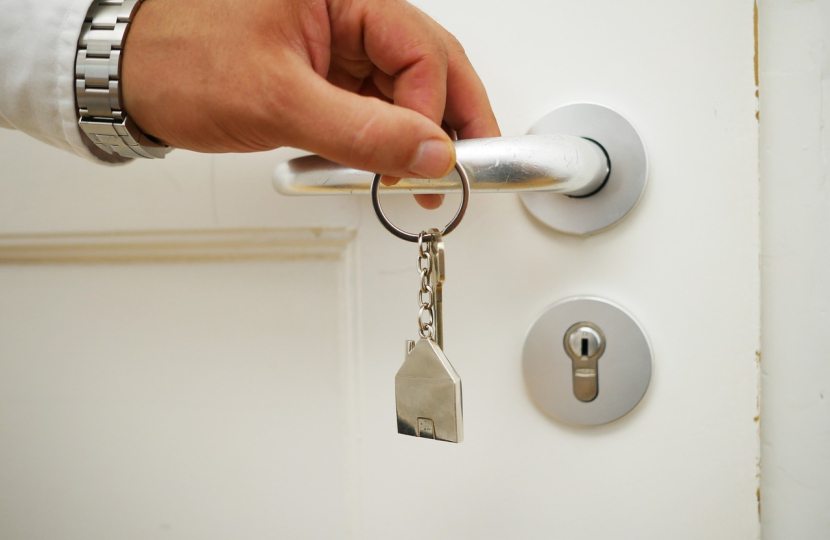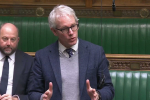
Wiltshire has too few and too many houses.This contradiction crops up at every public meeting and canvassing session I do. There is an acute housing shortage, with many families unable to find an affordable home, waiting for years for social housing, or living in cramped and uncomfortable conditions. Our villages need more young people and families living in them, to fill the schools, staff the pubs and farms, and generally keep the life-blood of the community circulating. At the same time we are overcrowded; green fields get eaten by new housing developments; the roads and GPs and dentists are full of people and the rivers are full of (well, tainted with) sewage.
What to do? As this suggests the answer isn’t simply ‘more housing’ or ‘less housing’. We need additional housing but it needs to be the right type, for the right price, in the right places.
Wiltshire consistently exceeds the target for new housing set by the national Housing Delivery Test. Because of this, I successfully lobbied the Government on behalf of the council to change the rules which, previously, allowed developers to impose new housing on villages (against the wishes of residents and against the area’s agreed Local Plan) on the grounds of low housing supply. Our overall supply is good, and we need to continue to support sensitive and sustainable development on brownfield and ‘infill’ sites in our market towns and villages - rather than large new developments on the edges. I am a particular fan of, and have done what I can to help, the Community Land Trust model which holds housing in trust for local people, allocating new homes to local families.
Nationally, after decades of low housebuilding, we are finally building at a decent rate - around 225,000 new homes are being built each year, on course for our target of 300,000 (and up from 75,000 in the last year of the last Labour government). But house prices remain unbearably high, averaging 8 times the average income - obviously out of reach of most young families. The Government has pledged to extend the Help to Buy scheme which enables first time buyers to get mortgages with only a 5% deposit. We are also promising to scrap Stamp Duty for almost all first time buyers by raising the threshold from £300k to £425k, which will save those families £11,000.
I strongly welcome these pledges. However, the danger here is we simply inflate prices further, as competition for homes is currently inexhaustible. As well as increasing housing supply and supporting people to reach the impossibly high prices set by the market, we need to do more to reduce demand for housing.
Part of the solution is a reduction in immigration, which has added 8 million people to the British population in the last 20 years. I’m glad that the Government has started restricting the award of visas, including for dependents. Another issue is family formation: a third of the demand for housing is due to couples separating, and to multi-generational living becoming less common. We need to make it easier for families to stay together - housing itself, and money more generally, being a prime reason for separation - and encourage an economy and a culture, and a housing model (i.e. larger homes), in which more older people live with their adult children and their grandchildren.
A figure I often quote is that in the 1960s an average family spent a third of its income on housing (rent or mortgage) and a third on food. Today they spend getting on for half on housing and less than 10% on food. Of course recently food prices have been very high. Nevertheless, the problems we have with the cost of living are because the available spending after housing costs is so miniscule. If we reduced the cost of housing we would have more money to spend on the other things that matter - including paying a fair price for what we eat, rewarding British farmers for their high quality produce and reducing our dependence on cheap but unhealthy ultra-processed food.





